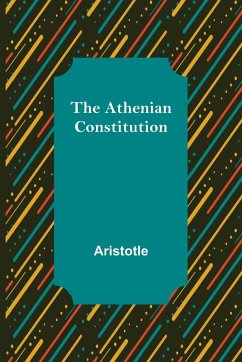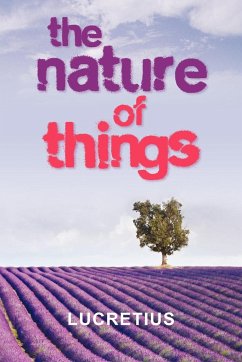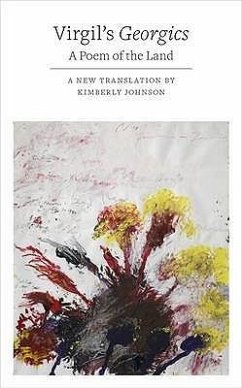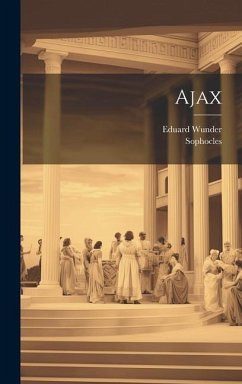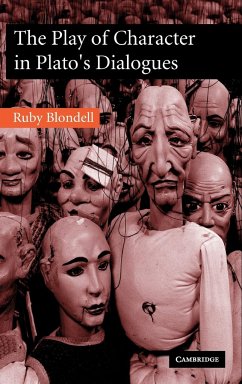
Dramatic Action in Greek Tragedy and Noh
Reading with and beyond Aristotle

PAYBACK Punkte
39 °P sammeln!
By looking at 15th/16th realistic noh and Greek tragedies through the lens of Aristotle and of each other, this comparison reveals a previously unnoticed relationship between the structure of the tragedies and their performance, that is, the involvement of the third actor at the climactic moments of the plot in both and the actor stepping out of character in noh. This observation helps to account for Aristotle’s view that tragedy be limited to three actors.





